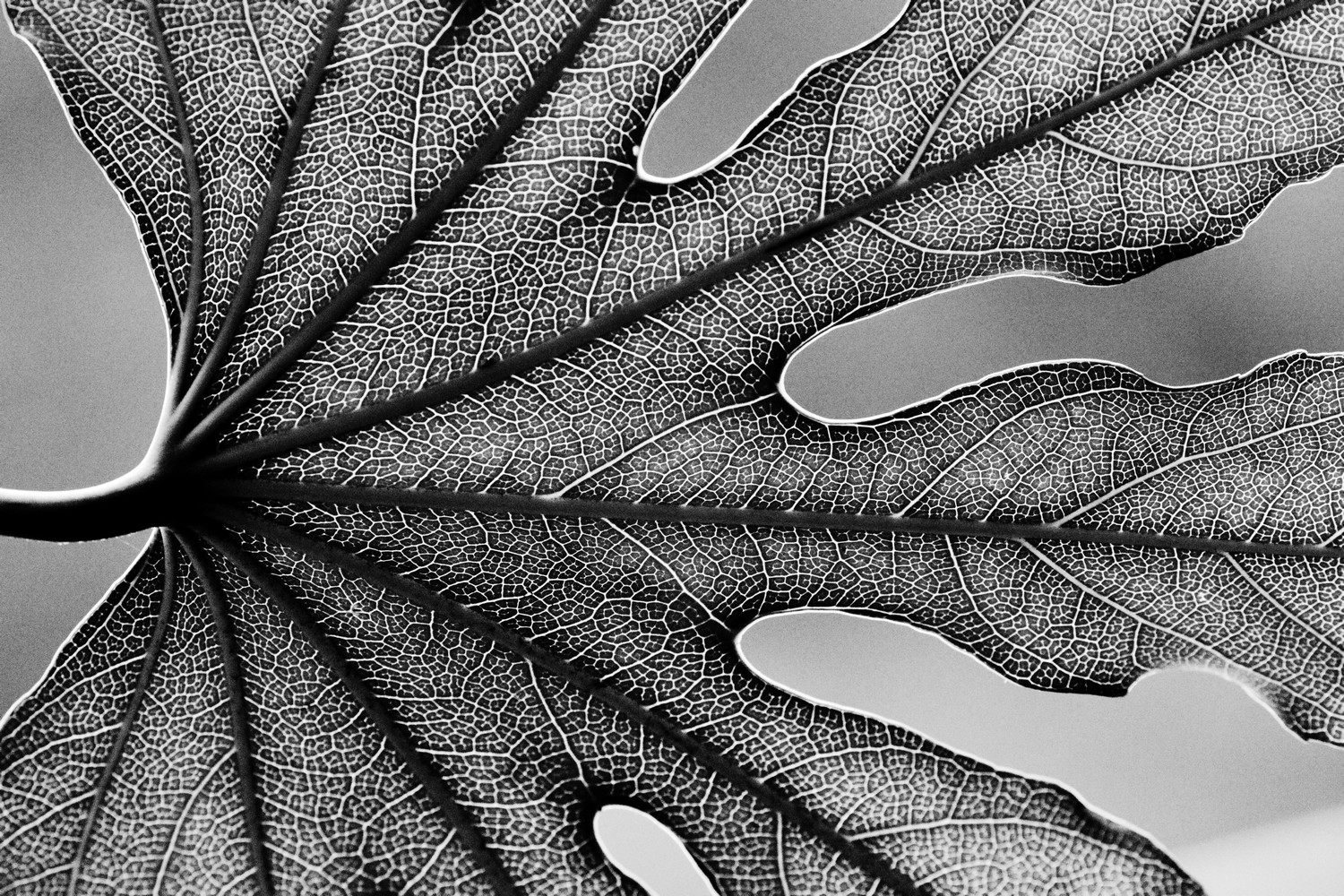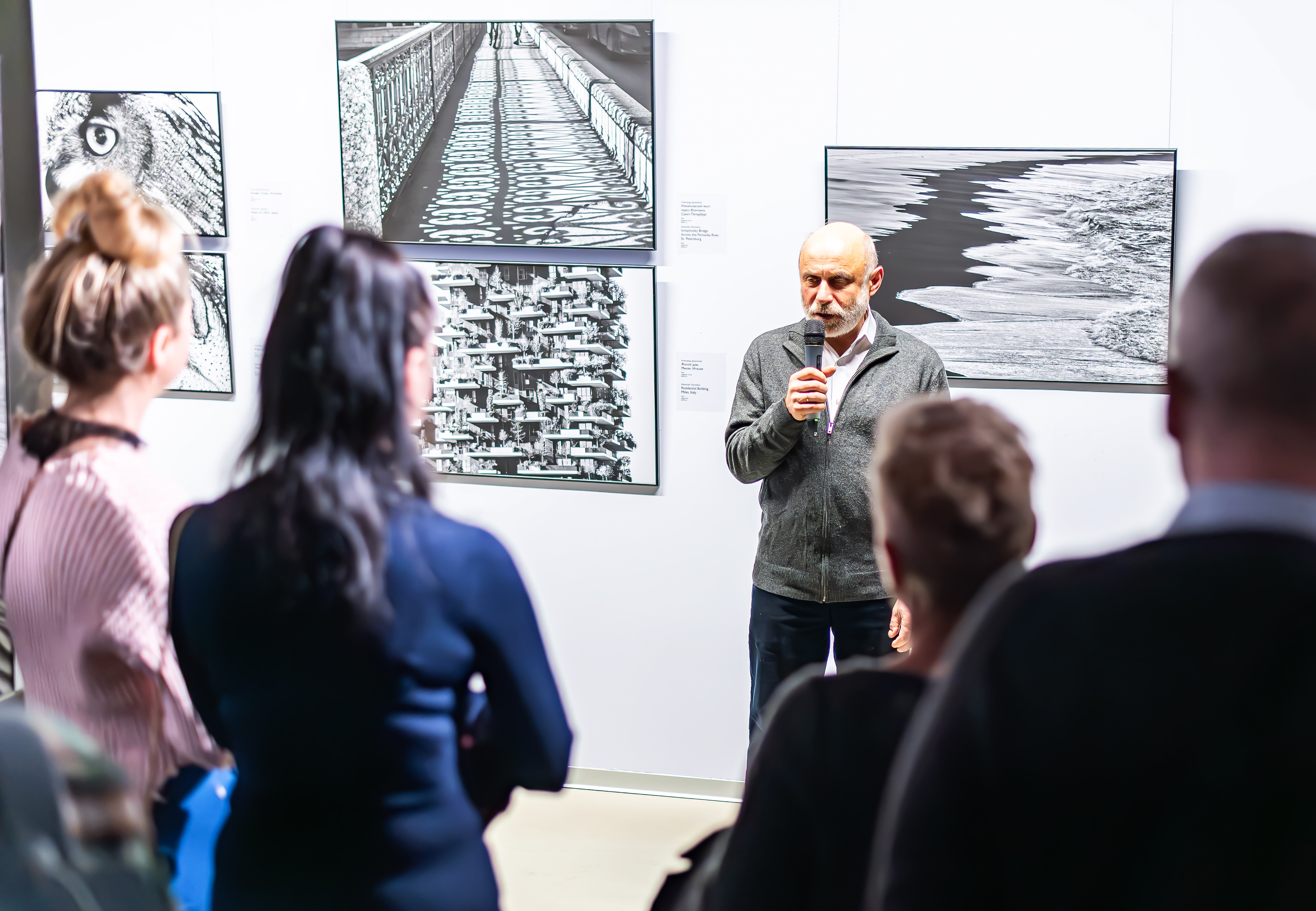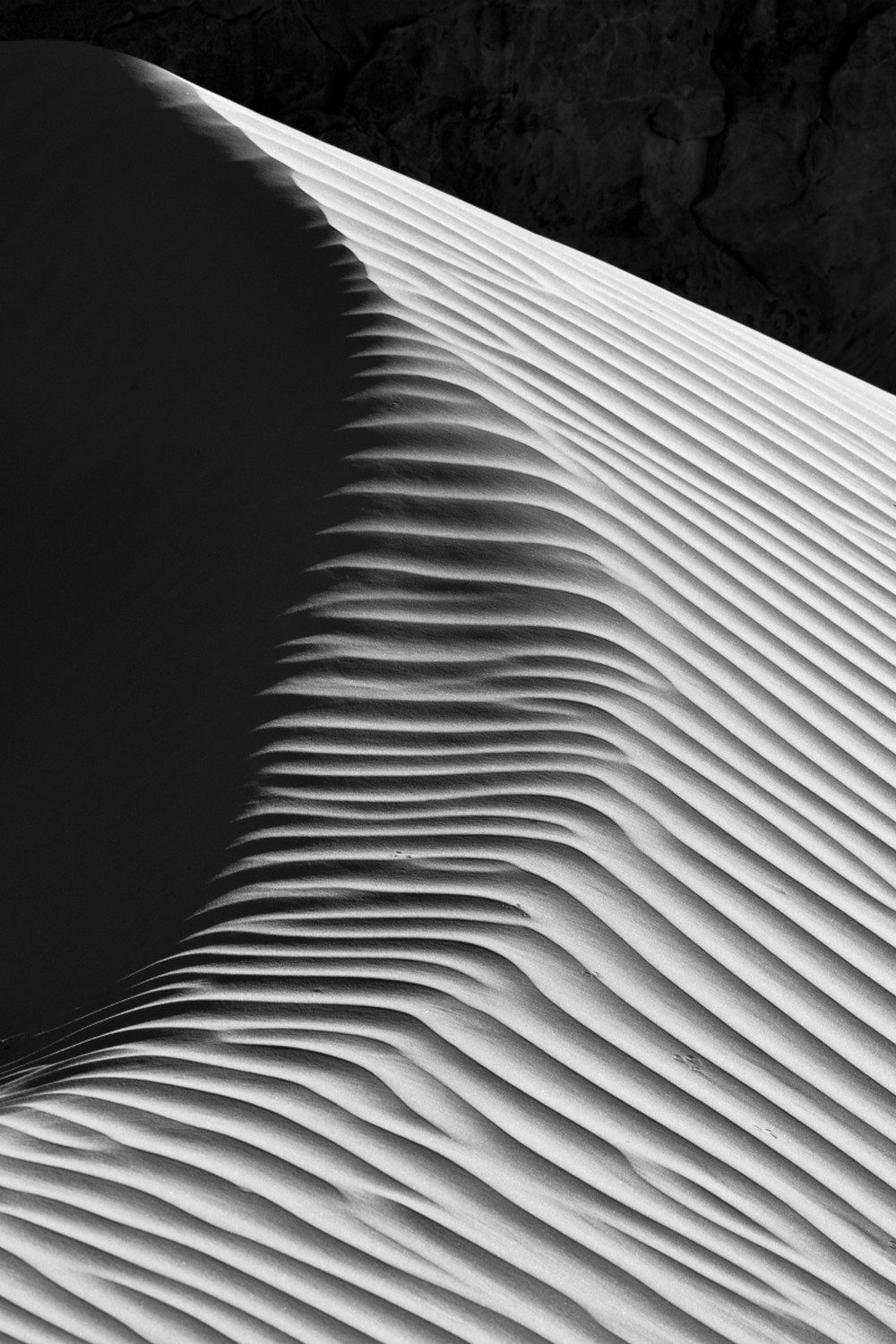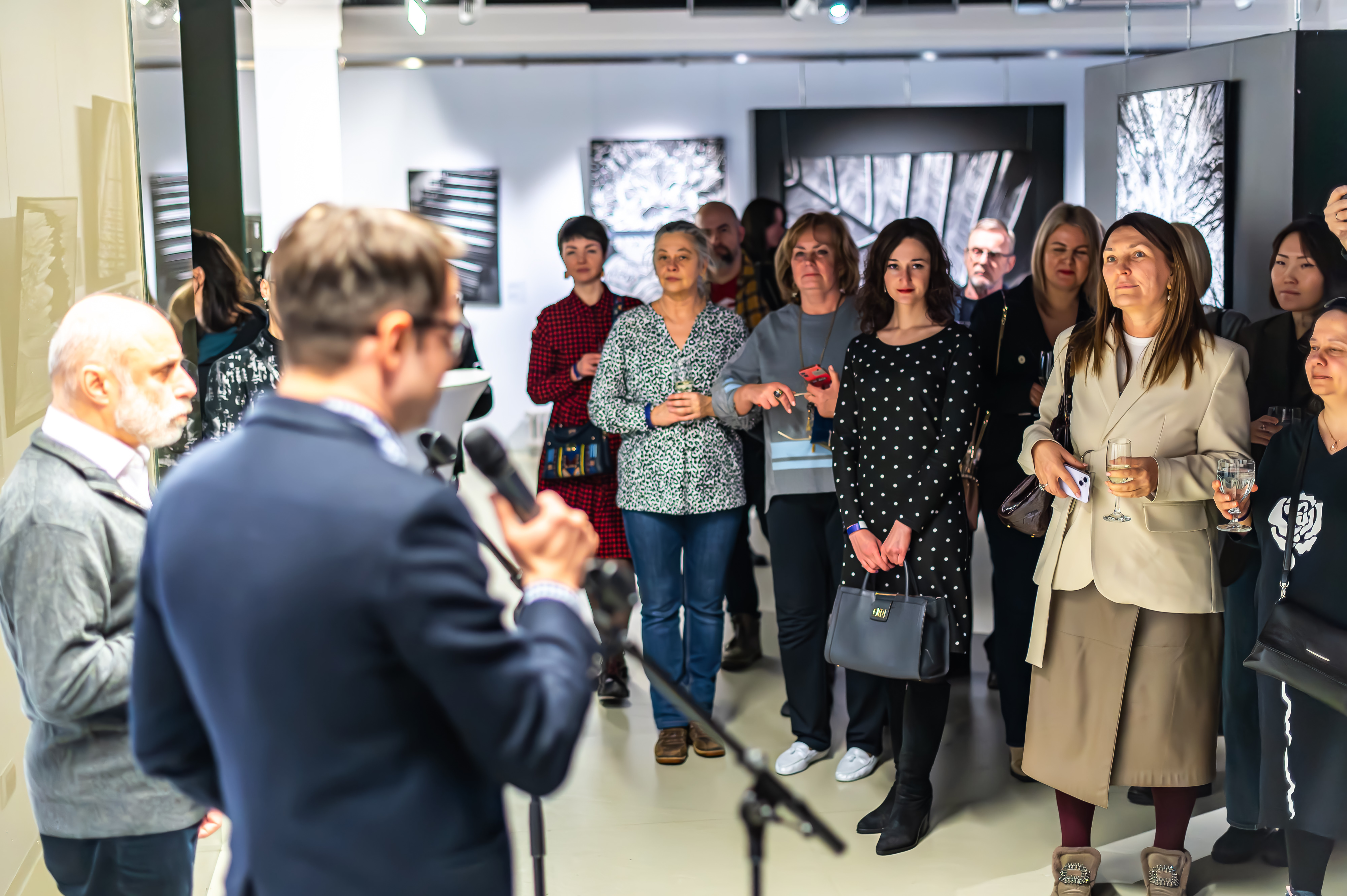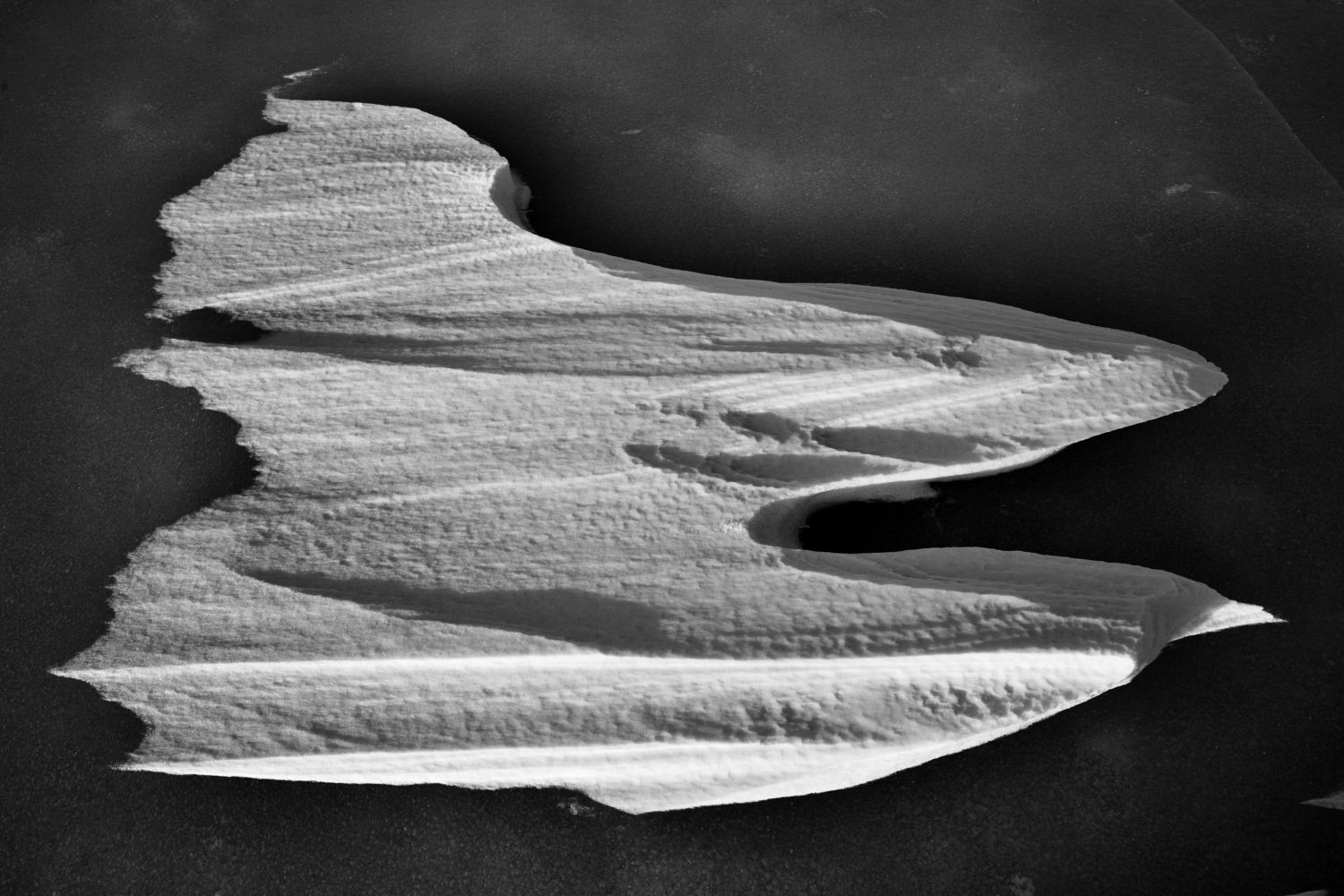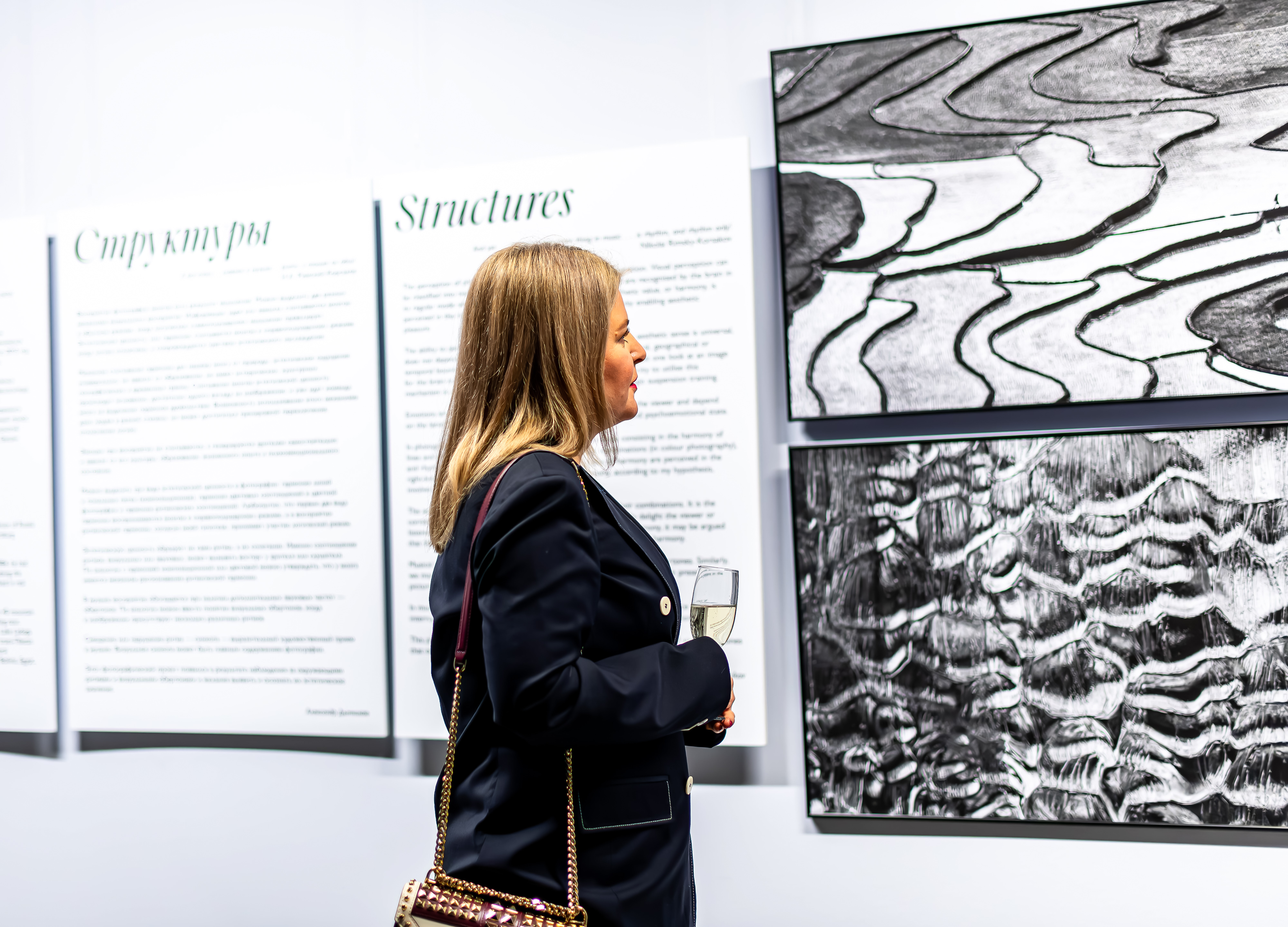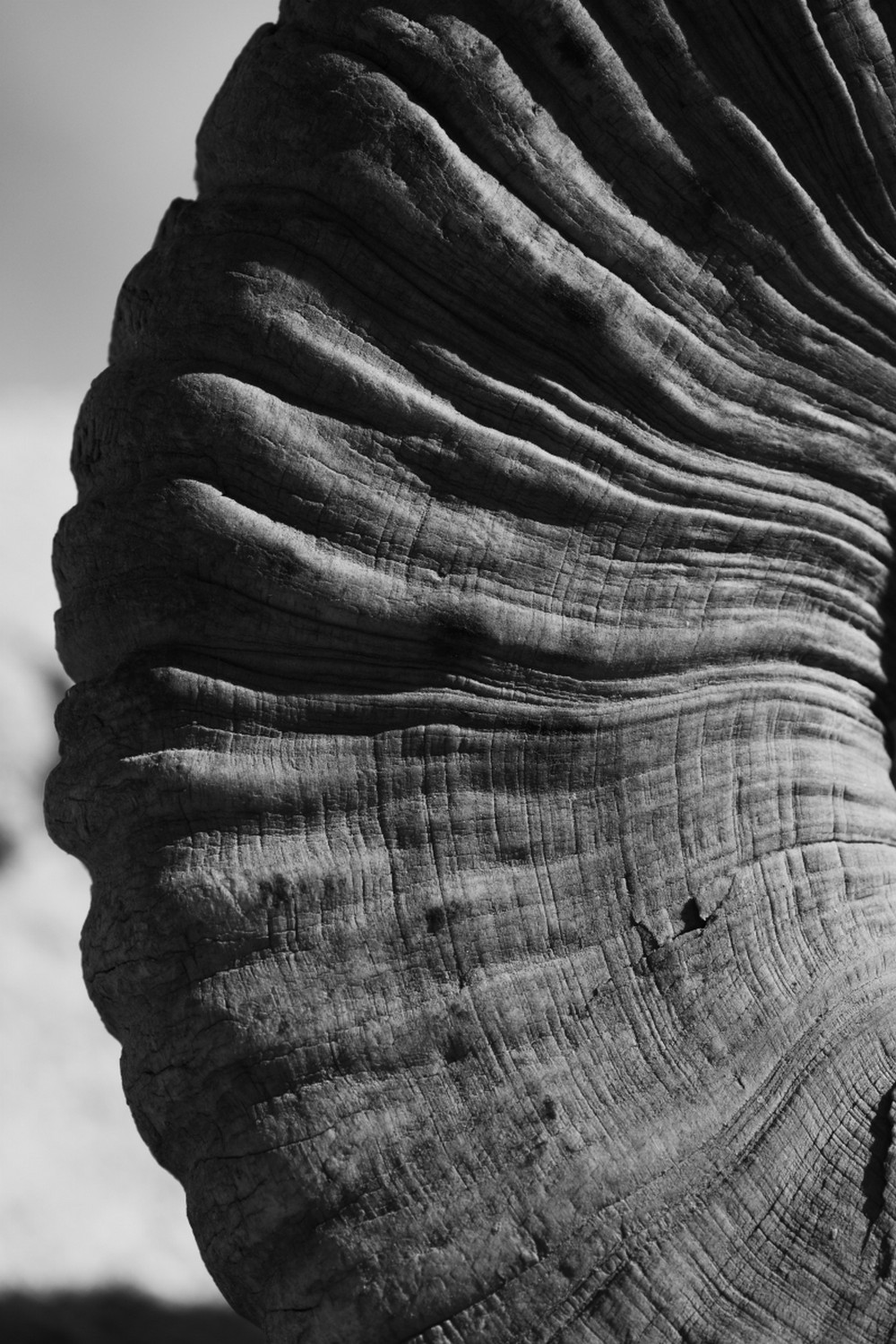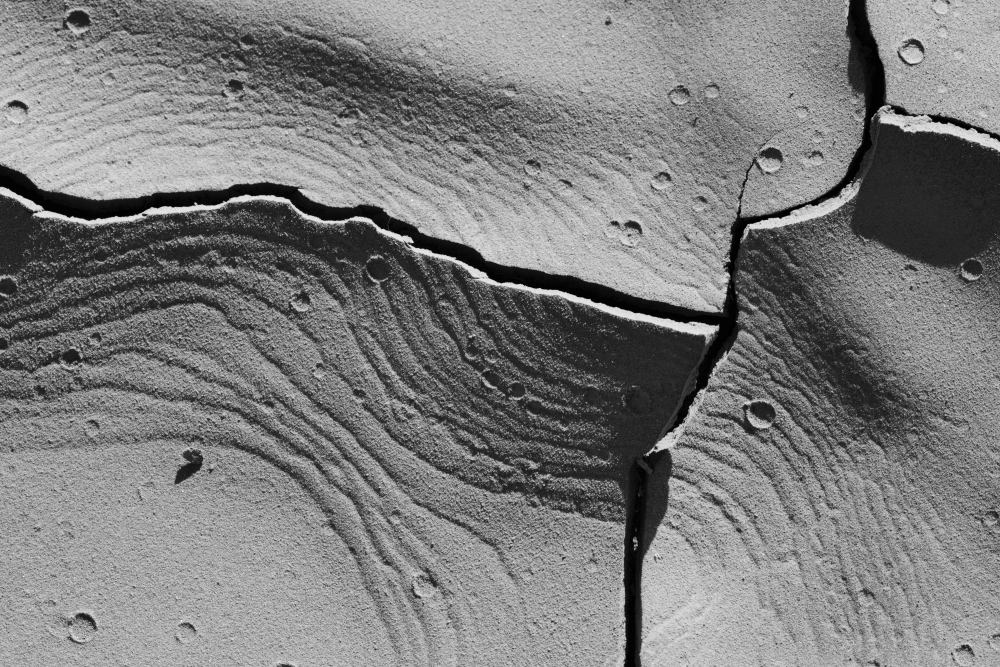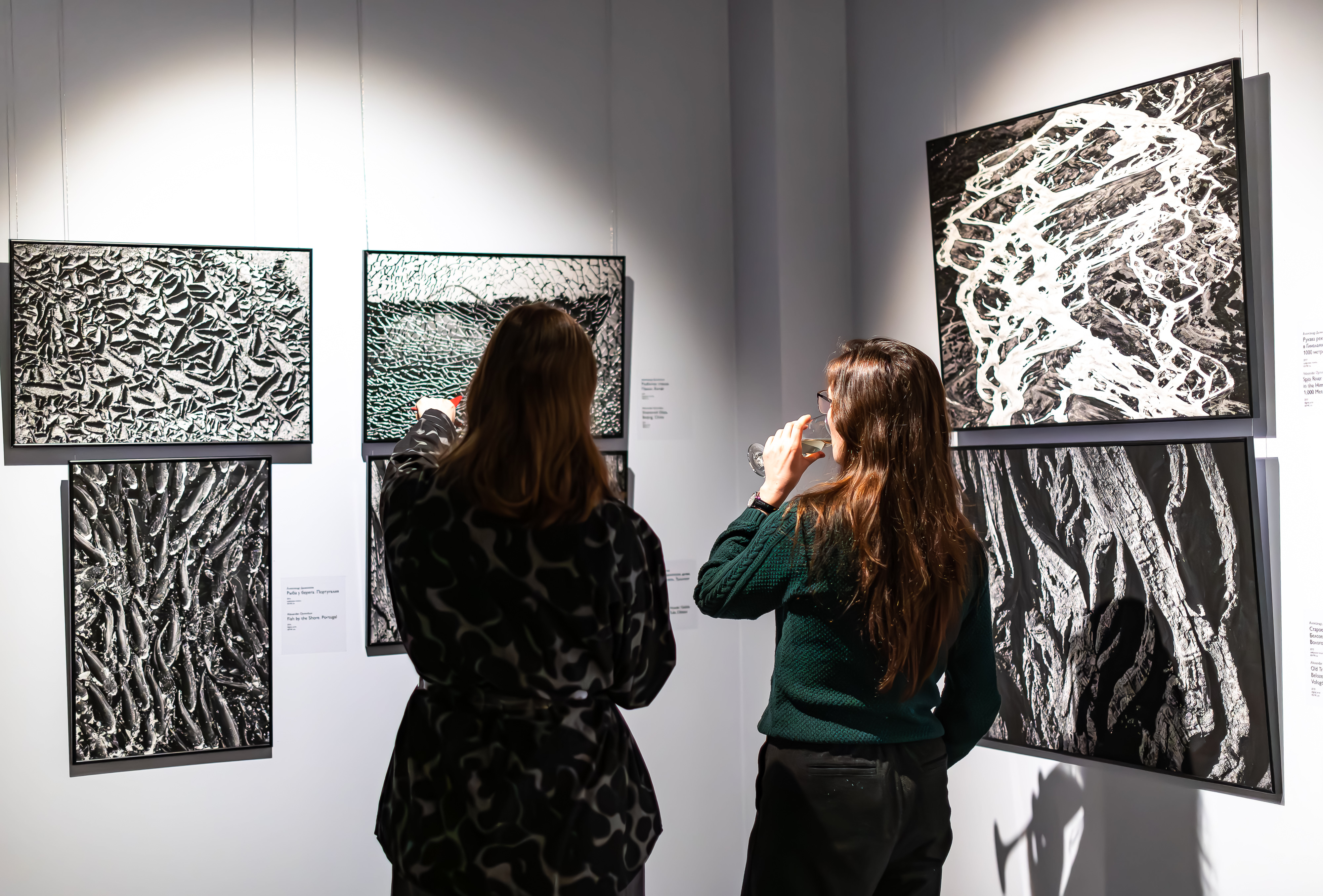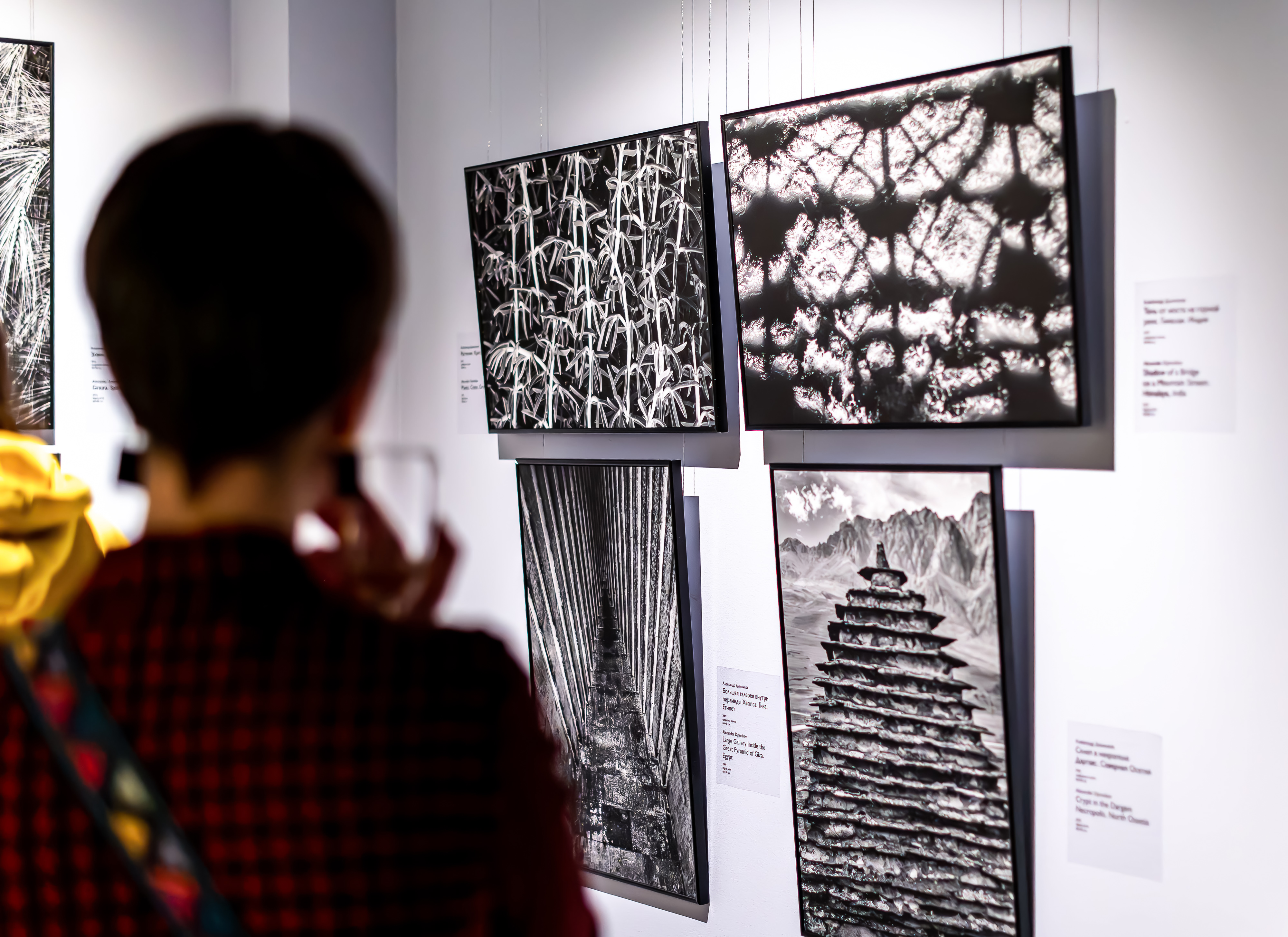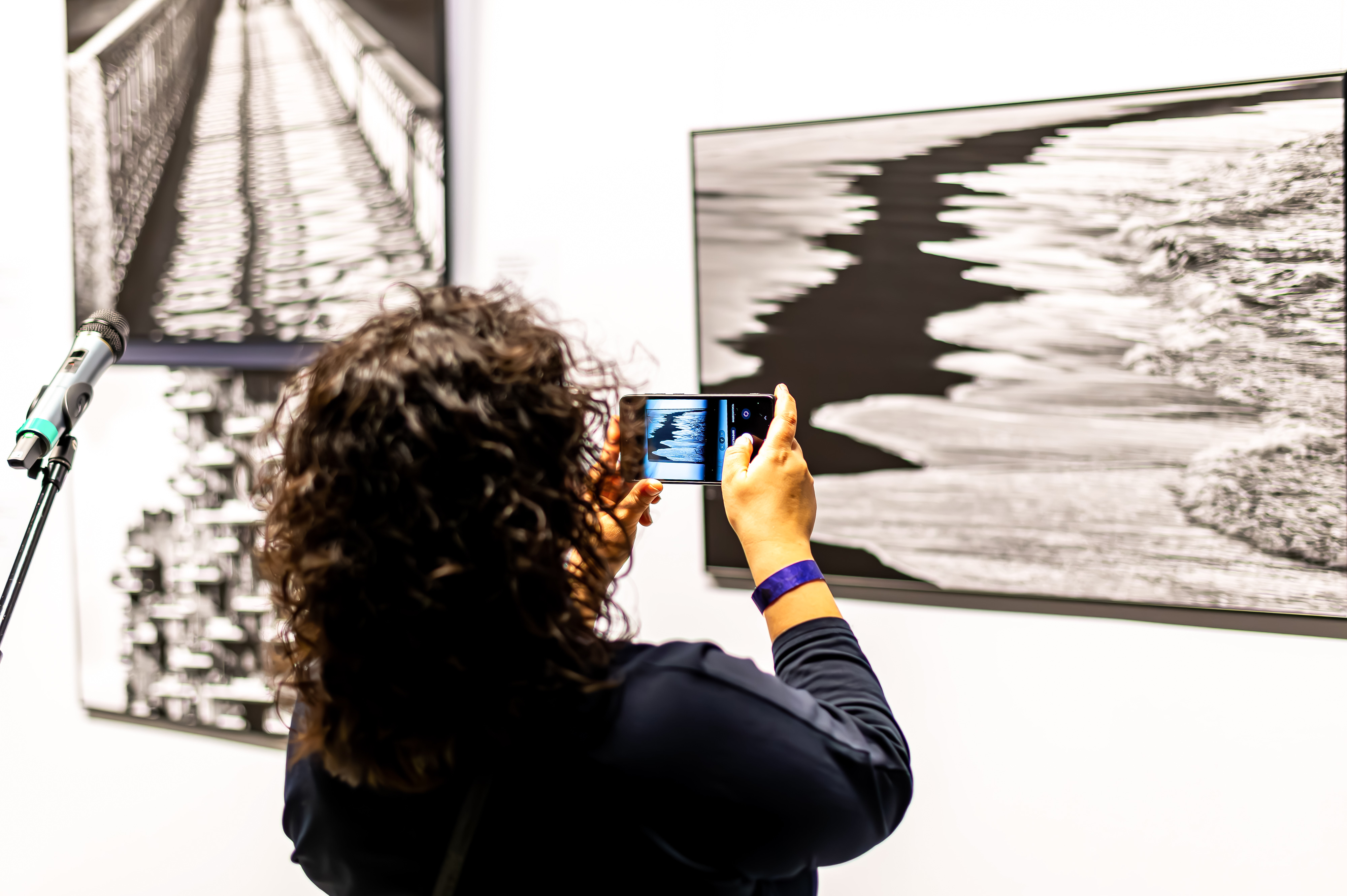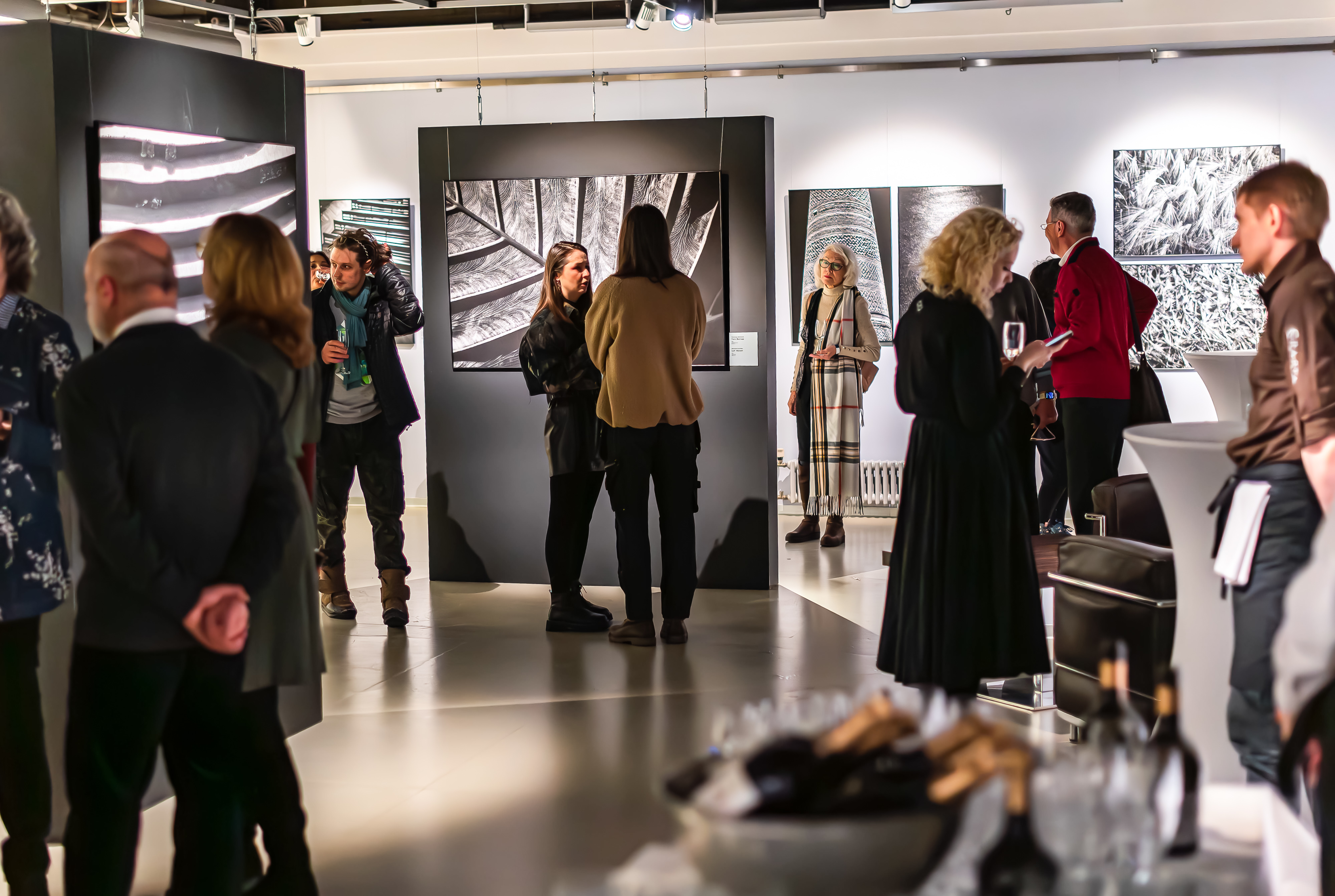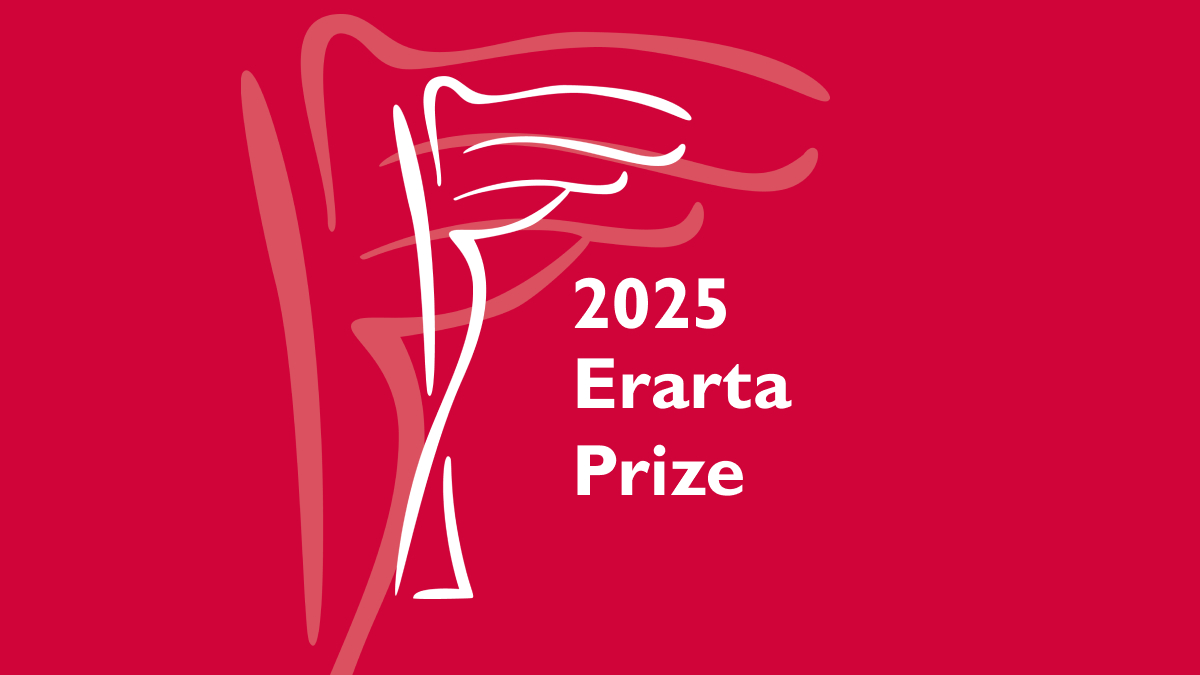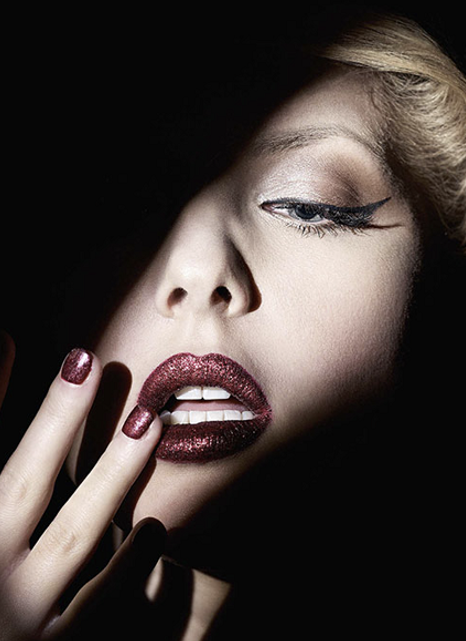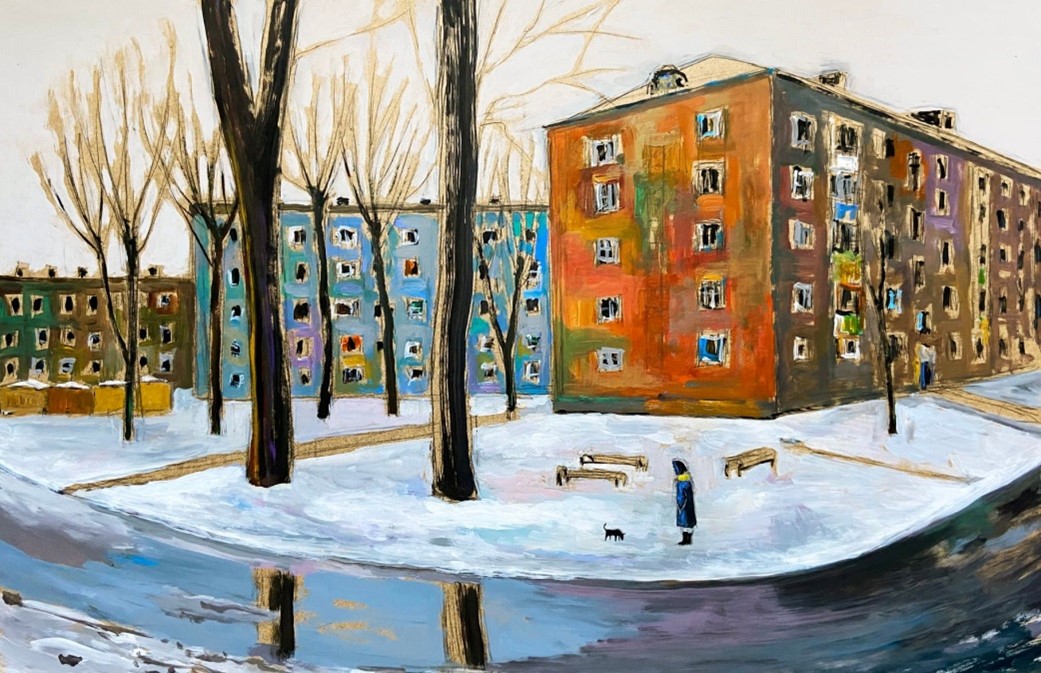Erarta Museum of Contemporary Art presented an exhibition by Alexander Dymnikov shedding light on the mystery of how humans perceive beauty
-
Fascinating observations of an art photographer and traveller blending creativity with science
-
An impressive collection of images illustrating the artist’s concept of human perception of beauty on the subconscious level
-
Rhythmic harmony affording aesthetic enjoyment
The phrase ‘the artist explores’ is a common cliché in art books and curatorial texts alike. Sometimes it denotes a visit to the library or archive, or maybe a questionnaire survey, but in most cases it indicates an attempt to document one’s emotional response to something. Alexander Dymnikov’s project entitled Structures and the Exploration of Visual Overtones deals with the nature of human perception and purports to approach the subject from a scholarly perspective.
A school of literary theory known as reader-response criticism focuses on the aesthetic evolution of the reader experience and the differences in the way a certain text is perceived by readers separated by decades or even centuries. Humans, however, derive aesthetic pleasure not only from literary works or other paragons of ‘refined culture,’ be it music or the harmonious combination of colour spots on a canvas: they also enjoy certain patterns, like repetitive dance movements or primitive ornamental designs. Dymnikov inquires into the aesthetic value of an artwork and the way humans perceive beauty on the physiological level.
For more than a decade, photographer and traveller Alexander Dymnikov has been in search of certain rhythmical patterns which, when properly arranged and presented as a black and white photograph, can trigger the viewer’s aesthetic response. This visual research project is geographically extensive and diverse: naturally occurring textures appear here alongside ancient masonry, since it is the human being – first the artist, and ultimately the viewer – who generates aesthetic value. Alexander has put together an impressive collection of visual images that can be likened to rhythm-driven music.
Drawing on the recent neurophysiology studies, Alexander Dymnikov hypothesises that the human brain has a built-in mechanism for perceiving rhythmic harmony – a natural instrument allowing the viewer to get in sync with an artwork and reach aesthetic enjoyment. The artist believes that the perception of beauty is universal and present in everyone regardless of visual experience or academic background. The Structures exhibition is an inspiring reminder that this gift of nature should be used at every opportunity.

Alexander Dymnikov was born in Leningrad in 1961. A member of the Art Photographers’ Union of Russia since 2006, he was elected Chairman of the Art Photographers’ Union of St. Petersburg in 2015.
After graduating from the School of Physics of the Leningrad State University in 1984, he had been a research staff member at the Vavilov State Optical Institute until 1992, studying the fundamentals of vitreous state structure. Between 1992 and 2015, Dymnikov worked in real estate as Director of Investment Projects.
Alexander has been an active mountaineer since the 1980s, completing more than 40 mountain trekking and ski touring trips. His recent adventures include a trans-Himalaya cycling tour, biking and trekking in transpolar Sweden, Norway, and Iceland, kayak trips across Lake Ladoga and the White Sea, rock-climbing in the Dolomites, treks and ascents in Nepal, a trans-Tibetan expedition, and a ski crossing to the North Pole. Dymnikov also took part in several expeditions in search of the remnants of ancient civilisation technologies in Peru, Bolivia, Egypt, Syria, Lebanon, Iran, Turkey, Greece, and Israel.

